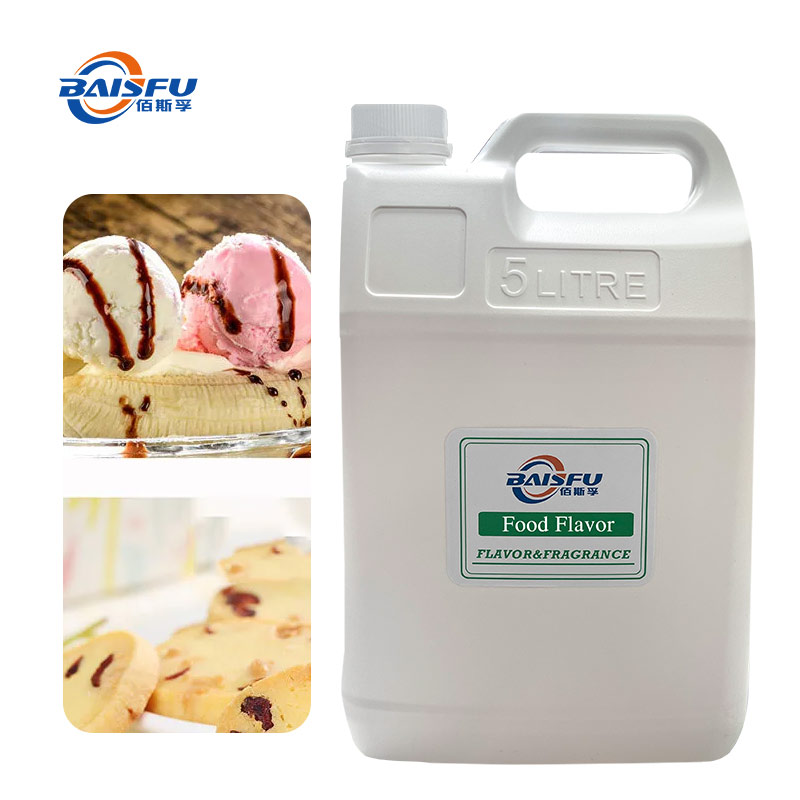Scientific interpretation of vanillin

Vanillin is a common food additive in daily life. Recently, some media have called it an "excitotoxin" and it has aroused attention. The following is an interpretation of vanillin from a scientific perspective:
I. Basic information about vanillin
Vanillin is an aromatic organic compound with the chemical name 4-hydroxy-3-methoxybenzaldehyde, also known as vanillin and vanillin. It exists naturally in vanilla beans, and humans have used vanilla beans as edible spices for thousands of years. However, the content of natural vanillin extracted from vanilla beans is extremely low and the price is expensive. Since the 19th century, people have begun to synthesize vanillin with the same structure as natural vanillin using o-methoxyphenol and other raw materials. With the development of technology, the production process of vanillin has been continuously optimized. At present, the world's annual amount of vanillin used for food flavoring reaches tens of thousands of tons, of which artificial synthetic products account for the vast majority.
II. Safety of vanillin
The global food science and technology community attaches great importance to the safety of vanillin. Through a large amount of toxicological experimental data, research results and exposure assessment, it is confirmed that the reasonable use of vanillin will not harm human health. As a food additive, vanillin has undergone standardized and scientific food safety risk assessments. As long as it is used in accordance with relevant standards, it will not cause harm to the human body.
3. Domestic and foreign use regulations
International level: The Joint Expert Committee on Food Additives (JECFA) under the World Health Organization and the Food and Agriculture Organization of the United Nations (WHO/FAO) not only recognizes that vanillin can be used in food, but also formulates quality specifications.
Abroad: The United States has allowed vanillin to be used in food since the 1950s. Although the scope and limit of use are not strictly limited, it is recommended that it can be used in beverages, ice cream, candy and other foods. The conventional dosage is 10-100mg/kg; European countries have used vanillin for nearly two hundred years, and EU regulations have not clearly defined its scope and dosage.
Domestic: my country has a long history of producing and using vanillin and is one of the main producers. According to the "National Food Safety Standard Food Additive Usage Standard" (GB2760-2014), except for the specified limits for specific foods (such as formula foods for older infants and toddlers, the maximum usage is 5mg/100mL; infant cereal complementary foods, the maximum usage is 7mg/100g), other foods can be used in appropriate amounts according to production needs under the premise of complying with regulatory standards.
IV. Consumption and Communication Recommendations
When reporting on food safety-related content, the media should adhere to scientific and objective principles to avoid misleading the public. Consumers should focus on balanced nutrition in their daily diet and avoid overeating a single food due to a preference for a certain taste. In addition, in response to the phenomenon that some people are addicted to foods containing vanillin, further research can be carried out to explore its potential connection with flavors and fragrances.
Post time:2025-04-29





